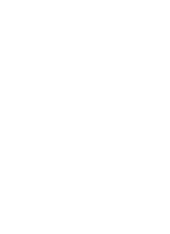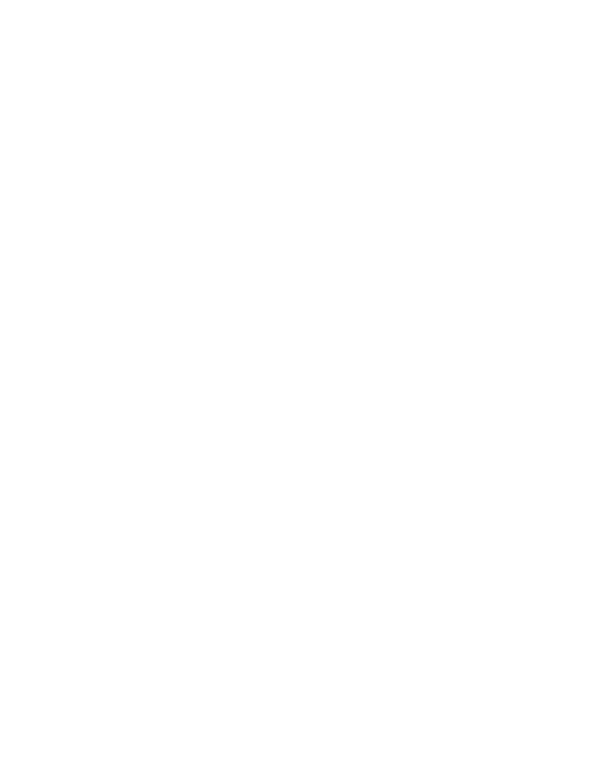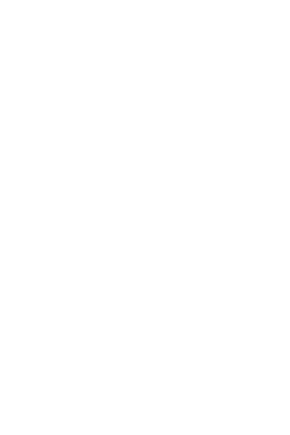 |
 |
 |

|
Fabric chair prototype
© The Bartlett School of Architecture UCL
|
|
 |
DESIGN RESEARCH IN ROBOTICS, SUPERCOMPUTING, BIOMIMETICS, INTERACTIVE ARCHITECTURE AND MORE TO BE PRESENTED AT B-PRO SHOW 2015
The faBrick project
faBrick is a project to create complex three dimensional forms from a flat sheet, using the traditional art of stitching. This felt composite creates structurally strong, intricate fluid shapes without the help of any mold or formwork which other materials like fiberglass need.
The project faBrick was undertaken by Bartlett School of Architecture students I-Ting Tsai, Somdatta Majumdar, Xixi Zheng and Yiru Yun under the tutorship of Daniel Widrig, Stefan Bassing and Soomeen Hahm as part of the School’s MArch Architectural Design programme. The one-year post professional Masters programme encourages students to create a unique crafting technique inspired by computational design.
Fabric in architecture and furniture has long existed since the beginning, but inventing a composite which makes the fabric the main material is unique. The chair design is created by the same process of machine cutting the felt and letting the fabric stand on its own after which the composite is hardened. The fabric itself becomes the legs, seat and backrest, being the sole material used in design.
The wall, window becoming the chair was created to show the potential of the design invention which allows a transition from a surface to a 3D object. Seamless designs are rare due to material size restriction but like the wall made of many components, it can create larger spaces with no visual seams.
The project was exhibited in the Bartlett 2015 B-Pro show and won the Silver Award as well as the Sir Peter Cook Award.
Do you always need to stitch sections of the fabric to form it into structures or furniture, or can it simply be folded into place?
Most are laser cut and machine stitched. This particular technique of creating tubes and seams gives fabric the initial structure to hold its form by itself (no mold required). If fabric is simply folded, it will need lots of support to keep the intended shape.
Can you tell me a bit more about how you developed the composite?
The hardening material had to be very light to not deform the fabric with its weight. After lots of permutation and combination of applying hardening materials to the fabric and checking different ratios of mixtures we came up with a particular ratio of some resins.
What drew you towards making self-supporting material?
Rethinking fabric in design: Choosing a common off-the-shelf material and exploring its limits in another dimension was the motive behind this project.
Did you design the form of the chair on a computer before making it?
A digital technique was developed showing the stitching of fabric on computer. With some of those digital design experiments as inspiration, the form of the chair was designed.
What does the material feel like?
The fabric is hard as stone in some places and soft in some parts, which is quite a unique feature which most materials donít offer. The overall texture feels like felt which is soft and warm.
Award: Project won Silver Award and Sir Peter Cook Award within the architecture faculty.
|

|
Posted 25 November 2015
|
Share this:
|
|
DESIGN RESEARCH IN ROBOTICS, SUPERCOMPUTING, BIOMIMETICS, INTERACTIVE
ARCHITECTURE AND MORE TO BE PRESENTED AT B-PRO SHOW 2015
The Bartlett School of Architecture UCL will present cutting-edge research in advanced architectural design and urban design in its annual post-professional Masters exhibition, B-Pro Show
29/9/2015-10/10/2015
The exhibition will showcase a diverse range of research, from large-scale robotic 3Dprinted structures, bio-receptive building materials, to roaming interactive gardens. Projects have been developed by students working in six new innovative research Labs led by leading designers within the School’s MArch Architectural Design (AD) and MArch Urban Design (UD) post-professional Masters programmes. Projects on display include:
CurVoxels [Amreen Kaleel, Hyunchul Kwon, Xiao Lin Li] MArch AD, Wonderlab, Research Cluster 4 led by Manuel Jiménez Garcia and Gilles Retsin.
Students showcase research into computational design methodologies for large-scale 3D printing with industrial robots.
Experimenting with the process of voxelisation, students have created 3D-printed chairs with differentiated material densities in response to structural loads (pictured above).
reEarth [Danilo Sampaio, William Victor Camilleri] MArch AD, Interactive Architecture Lab led by Ruairi Glynn. Students propose to empower plants by enabling them to merge their physiology with robotic technology to become ‘domesticated’ for self-reliance. The plants serve as the driver of a geodesic sphere code named ‘Big-B’ (pictured below) – a mobile architecture whose movements are controlled by the plants’ reaction to their environment.
Utilising plant electrophysiology and a series of environmental sensors, the sphere is allowed to explore London, seeking new spots of sun with the purpose of spreading indigenous plant species.
|
|
|
|
|
|
|

Wall- window- seat. To-scale prototype
© The Bartlett School of Architecture UCL
|
|
|
|

|

|

|

Side view of fabric chair
© The Bartlett School of Architecture UCL
|
|
B.I/O.CEMENT City – Material Urbanism [Chunyi Chen, Ying Hu, Han Liu,
Yilin Zhou, Wenzhe Ye] MArch UD, Urban Morphogenesis Lab led by Claudia Pasquero. Students explore the possibilities of evolving the urban social fabric of the Liwa Oasis in Abu Dhabi, United Arab Emirates through geomorphologic transformations, triggered by the exploitations of local bio-materials.
The B-Pro Show sees the launch of two publications showcasing student work across the MArch AD and MArch UD programmes. Both publications are beautifully designed and highly illustrated, including images of student work, Lab briefs and introductory texts by programme, lab and research cluster leaders. The book will be on sale throughout the show and will also be available on Amazon and at various bookshops throughout the year.
This year’s show begins with an opening party on Tuesday 29 September from 18.30.
Entrance is free and the exhibition is open until Saturday 10 October.
|
|
|
|
|
|
|
|
|
|


